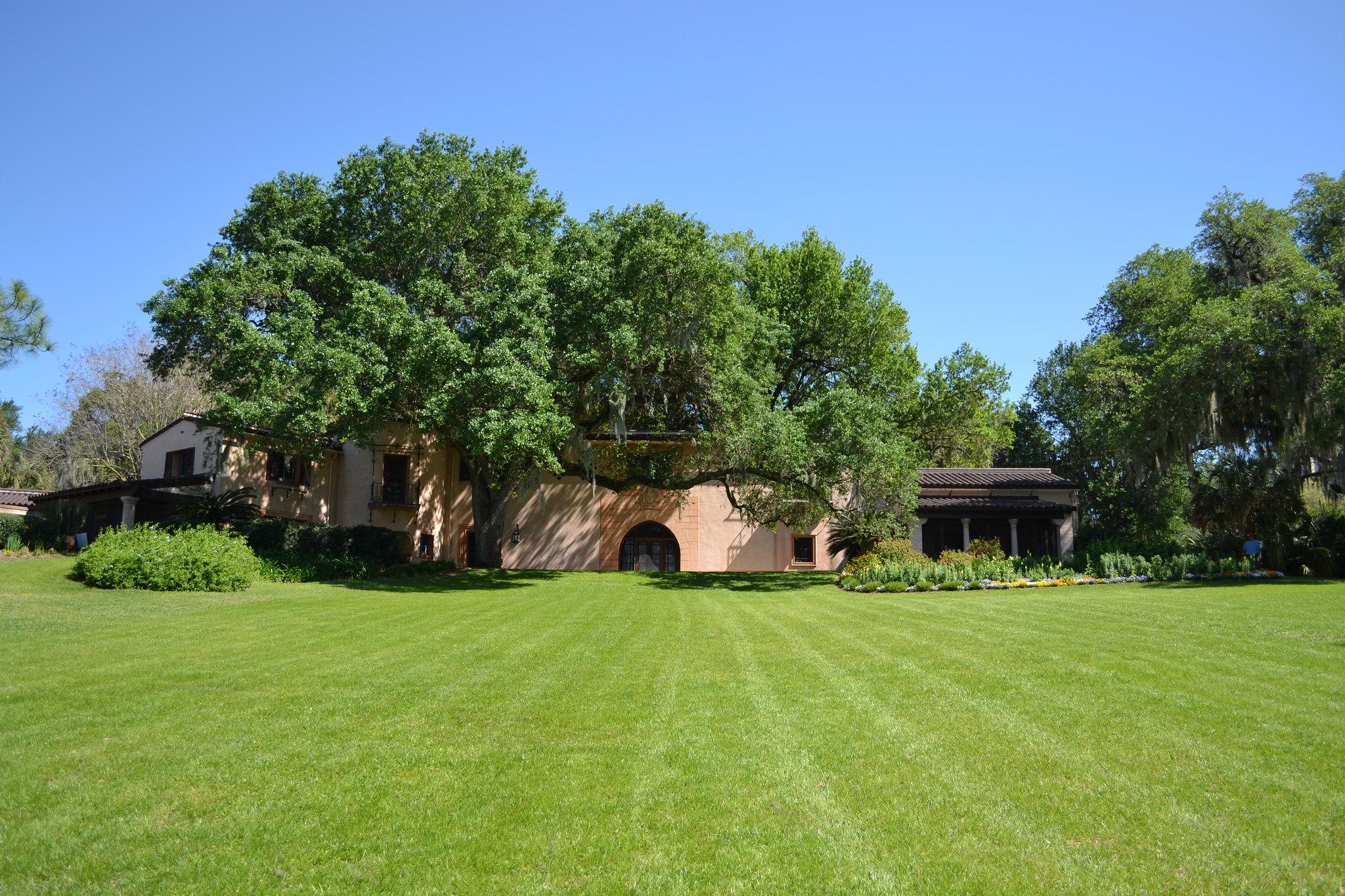
The unseasonably warm winter we’re having may be fooling us into thinking that spring has officially arrived. And some of us are already looking for a southern lawn care schedule. As if our lawns weren’t still all brown and dormant.
And no one can blame us. It seems that as soon as the winter solstice passes, and the holidays wrap up, the days grow longer so much quicker, that we can feel it in our gardener’s bones.
We can feel the sun return and the lengthening of the days. And 80-degree highs during the day aren’t helping matters.
On the other hand, it never hurts to be prepared. Setting up a do-it-yourself lawn care schedule before the question even arises is an effective way to plan a great gardening year. And a month by month lawn care schedule can ensure your lawn looks great this year and into the coming years.
When to Fertilize a Lawn in Spring in the South
Most lawns in the south are made up of what they call warm-season grasses. Warm-season grasses go dormant in the winter, turning brown and giving us at least a short break from constant mowing. Even during the wet winter we’ve been having.
Your southern lawn care schedule needs to be flexible to accommodate erratic weather patterns.
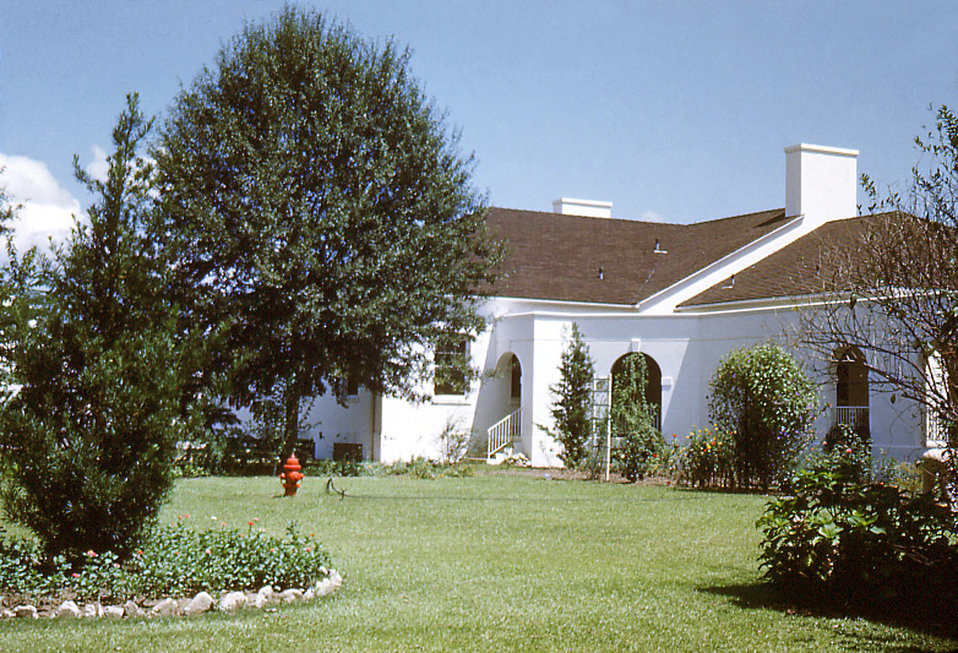
Warm Season Grass Varieties
Some common types of warm-season grasses used in Zones 8 to 11 include:
- Bahiagrass
- Bermuda grass
- Centipede grass
- St. Augustine grass
- Zoysia grass
In the southeast, Bahia and St. Augustine are both popular choices. Bermuda and Zoysia are excellent choices in areas of the South that gets winter weather.
Centipede grass is great for those who want to cut back on lawn maintenance and spend less time on their southern lawn care schedule.
Your Southern Lawn Care Schedule and Dormancy
While our winter weather may seem warmer than usual, it may still not be consistently warm enough to return our southern grasses from dormancy. They prefer soil temperatures above 70 degrees Fahrenheit, and nighttime temperatures can have a huge impact.
While the highs may hit the high 70s and even the 80s during the day, nighttime temps below 65 mean that our grass remains dormant. This may be perfect for growing tomatoes and lettuce, but St. Augustine is still sleeping and waiting for true spring.
It’s important not to fertilize before nighttime temperatures rise above 65 on a regular basis – unless you want to just fertilize your weeds. And feeding your lawn too early can mean severe damage if you get an unexpected cold snap.
That’s why it’s so important to plan ahead. If you really want a green lawn over the winter, consider overseeding with a cool-season ryegrass. Note, however, that you’ll run into problems when you overseed St. Augustine. You may find that the damage you need to do to your turf with scarifying isn’t worth the trouble. And without it, you may not get much growth from your seed.
Southern Lawn Care Schedule: When to Fertilize
If you haven’t overseeded with a cool-season grass, you’ll want to wait to fertilize until nighttime temperatures remain mostly above 65 degrees to prevent feeding your weeds.
Many experts will recommend fertilizing as soon as your last frost dates passes, but that may be too early unless you’re using a weed and feed with an herbicide. And frankly, herbicides are so often overused and are unnecessary. Unless you have an HOA breathing down your neck about every sprout of dollar weed, avoid them when possible.
Regardless of pressures from yard-police and gardening peers, weed and feed combinations can prove less than effective. In fact, you’re better off applying pre-emergent herbicides after the last frost date, in February or March, and then waiting a month or two before adding fertilizer. It’s more work, but it’s also more effective. If you haven’t noticed, weeds are pretty hardy little lifeforms. They’ll germinate at lower temperatures than grass will tolerant and will thrive with much less water. You want the Best fertilizer for Green Grass, not green weeds.
Fertilizing in the fall before dormancy is usually more than adequate to feed your lawn in preparation for the first flush of spring.
Keep tabs on your temperature trends and then add fertilizer when it warms up consistently. In fact, depending on your location, the biggest challenge during the spring may be rainfall, not your lawn fertilizer schedule
Here in Florida, March lawn care means watering. Spring can be extremely dry, which can cause challenges for warm-season grasses trying to green up for spring. Your southern lawn care schedule may include weekly or twice-weekly watering but make sure your local watering regulations permit it.

The Lawn Controversy
Some people hate lawns and think they shouldn’t exist. I don’t know how many signs I’ve seen that say “Grow Food, Not Lawns” all over the internet. While I’m keen on sustainable landscaping and gardening and I love veggie gardening, I honestly think that these statements come from a position of ignorance.
Grasses are an important part of any ecosystem, and in the natural world, they cover up to a third of arable land on the planet. At least that’s the figure I recall. They feed a vast number of Bovidae: gazelle and bison, wildebeest, and buffalo. Which then go on to feed a vast number of predators.
Bovids eat the grass to nourish them and then return the favor by feeding it with their waste. They tend to migrate, spreading the love and allowing the grasses a chance to grow back.
In fact, grasslands are a better and more reliable carbon sink than forests, because they store most of it underground. Grasslands also prevent soil erosion and over time, improve soil quality with their ability to keep the soil aerated with their deep running roots.
Grasses and lawns are unfairly maligned. Keeping a green swatch of grass that isn’t overly treated is far better for the environment in the long run than mulching everything in favor of raised food beds. Mulch doesn’t retain as much moisture as a healthy lawn, nor does it prevent soil erosion as well.
While I’m a vegetable grower at heart, even I don’t want a front lawn full of corn stalks.
Lawns aren’t the problem. Your southern lawn care schedule isn’t the problem.
Our quest for the impossibly perfect lawn is the problem. While there’s nothing wrong with curb appeal, there’s just as much on offer with a mixed blend of grasses or a properly tended organic patch.
But grasses are hungry plants and use up a lot of nutrients when they’re actively growing. While using a mulching mower can add nutrients back into the soil, it may not be enough if hot and humid south. So, your southern lawn care schedule may include a dose or two of fertilizer every year during the active season.
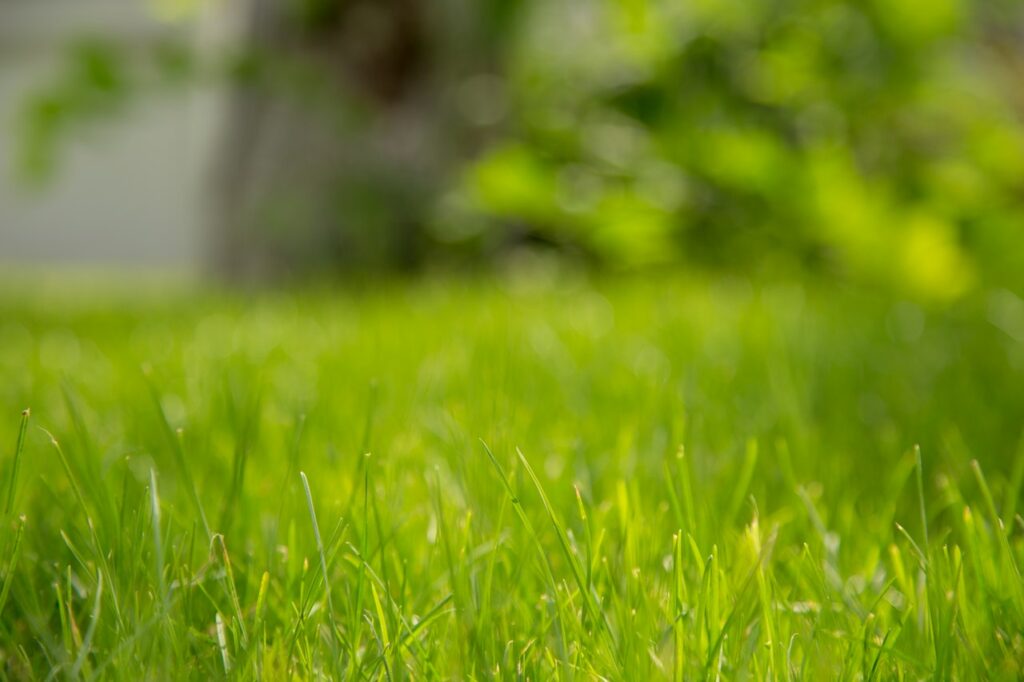
Why You Need to Understand Your Fertilizer
To look its best and remain resistant to disease and pests, your grass lawn needs a few basic nutrients. The main components of lawn food are nitrogen, phosphorus, and potassium. Most companies refer to this as the “NPK,” because those are their atomic symbols. You’ll also see a few minerals, like iron, manganese, calcium, and others.
Like any other plant, grasses need different balances of these nutrients depending on their stage of growth and the time of the year. This can make choosing the best fertilizer for your Southern lawn pretty complicated.
The best fertilizer for grass in spring tends to rely on nitrogen, while summer feeding may include potassium for disease and pest resistance. Phosphorus may only be needed for newly seeded lawns or occasionally for a fall feeding before winter depending on how well you kept to your southern lawn care schedule in previous seasons.
Lawn Fertilizer Components
One way to determine which is the best lawn fertilizer ratio for your lawn and the season is to understand how the common nutrients affect the growth of your grasses. It also helps to understand how these nutrients are balanced in most commercial formulas.
For example, you may see the “NPK” listed a series of three numbers. These numbers express the balance of nitrogen, phosphorus, and potassium in any given fertilizer. So, if you see a fertilizer labeled 13-1-2, that means it has 13 percent nitrogen, 1 percent phosphorus, and 2 percent potassium. You might also see other nutrients like iron, magnesium, or sulfur on the label.
Nitrogen (N)
Nitrogen is what all plants need for vegetative growth. Grasses produce a great deal of “green” biomass, so they tend to need lots of nitrogen. Most lawn fertilizers will feature a higher percentage of nitrogen than any other nutrient. And the Best lawn fertilizer for Spring may feature nothing but nitrogen.
Phosphorus (P)
In plants, phosphorus drives root development. Strong roots help plants, particularly grasses, remain drought resistant with strong, deep roots. Phosphorus is also important for flowering plants.
However, for lawns, your southern lawn care schedule shouldn’t include high levels of phosphorus, especially during your rainy season.
Potassium (K)
Potassium can boost the overall health of your grass and help it remain resistant to diseases and pests.
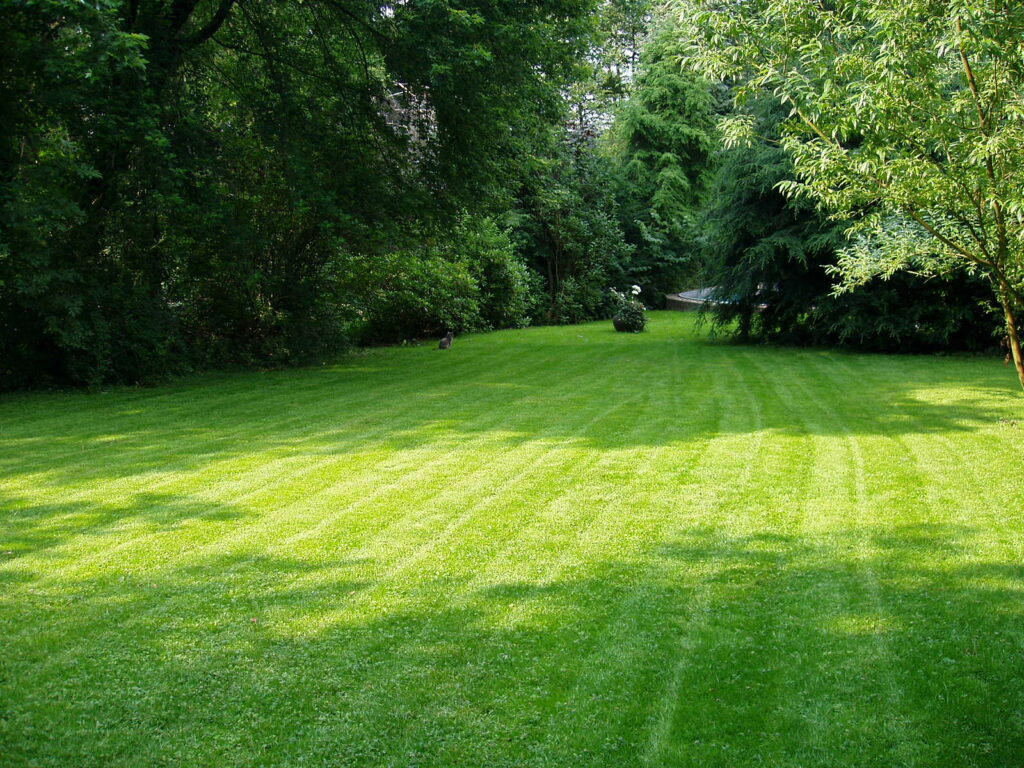
Which is the Best Lawn Fertilizer for Southern Warm-Season Grasses
You can find a broad range of excellent fertilizers for your Southern Lawn. Because you’ll probably need to fertilize three times a year, it’s a good idea to alternate between high-nitrogen and balanced fertilizers.
The best fertilizer to green up a lawn in spring is a high-nitrogen formula. You can also apply high-nitrogen blends again in the summer, to give them a bit of a boost. If you have wet, rainy summers, another boost of fertilizer can help replenish the soil, if necessary. I tend to only fertilize once in the spring, but my goals for my lawn are pretty low-key.
But if you’re looking for that amazing lawn, save the balanced formula for the fall, when you’re prepping your lawn for whatever amount of cold weather you’ll get. These help feed roots and improve disease resistance moving into the winter months.
Types of Fertilizers for Your Southern Lawn Care Schedule
Slow-release fertilizers, organic or synthetic, may not provide that exciting rush of instant greening, but then they don’t tend to kill fish or cause algae blooms. For all of our learning and science, nature does have a system in place for feeding grasses and other plants. While we sometimes have to improve on that process, if it’s not necessary, don’t spend the money or stress that system.
Organic Fertilizers
Organic fertilizer is made from natural plant and animal materials like feathers, bones, manure or seaweed. Fish emulsion, made from fish scraps, is one of the most popular.
Organic fertilizers are becoming more popular, especially the slow-release variety that doesn’t’ result in a deluge of nutrients entering the environment and causing trouble in the local ecosphere.
Along with being better for the environment, organic fertilizers can be safer for your lawn, as well as your pets and kids.
Synthetic Fertilizers
I’ve been known to use synthetic fertilizers, if not pesticides, because they provide a lot of bang for your buck and they work quickly. Because they’re synthetic and somewhat bare forms of the basic element, plants can uptake them quickly and put them to work.
They’re also a lot cheaper.
They do come with some downsides, unfortunately. Because they’re concentrated, they can also burn your lawn and ornamental landscaping.
They can also leach into the water table very easily and can contaminate lakes, streams, and coastlines. Note that some areas have regular fertilizer bans during the rainy season.
And finally, while they’re quick to green up your lawn, they won’t improve the quality of your soil over time. Organic material doesn’t just feed your plants, it also feeds the microbes and insects that support the health of your plants. Earthworms and fungi like organic debris, not “MiracleGro.”
Forms of Fertilizers for your Lawn
Whether you chose organic or synthetic, you can find the best lawn fertilizers in several different forms for your convenience. Note that the form will affect how quickly it works and how long the benefits last.
Liquid Lawn Food
Your grass absorbs liquid fertilizers quickly and readily. But it’s important to make sure to use liquid lawn food when the grass is thirsty and hopefully when no rain is predicted.
Unfortunately, the effects don’t last very long. While liquid fertilizers are pretty good for greening up your grass early in the year or right before a big party, you’ll need to reapply it again after a couple of weeks.
Slow-Release Lawn Food
Granular fertilizers provide a slow-release feed that generally lasts serval months. You apply it to your lawn with a drop or rotary spreader after mowing. You may have to water it in, or at least apply it right before it rains. With slow-release formulas – the best time to fertilize a lawn is before or after rain. But check the instructions, since some formulas may vary.
The benefit of these slow-release fertilizers is that you only have to apply them every couple of months to maintain a green lawn. However, the downside is that they don’t work very quickly.
You can, however, use both liquid and slow-release fertilizers, especially if you use organic formulas that won’t burn your grass.
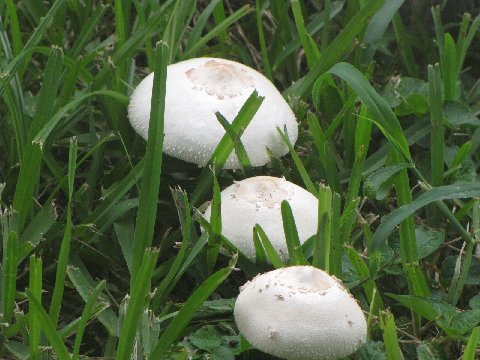
The Best Lawn Fertilizer for Your Southern Lawn
Now that you know more about lawn fertilizers, you can choose from some established and innovative new brands on the market.
1. The Andersons PGF Complete 16-4-8 Fertilizer

This all-in-one formula features a slow-release action and host of vital micronutrients like iron, manganese, sulfur, copper, and zinc. And it won’t leave your soil quality wanting, as it includes a combination of humic acid and fulvic acid, which increase nutrient absorptions in your lawn grasses by stimulating important beneficial microorganisms.
This granular formula is easy to apply and is more finely milled than other brands so that you get improved coverage.
Specifications
- NPK: 16-4-8
- Form: Granular
- Delivery: Spreader
- Season: All season
2. Grow More 5705 Water Soluble Fertilizer

While this formula is high in nitrogen, it also provides a good balance of phosphorus and potassium for overall plant health. https://amzn.to/2tcTkY3
Grow More 5705 also features micronutrients such as copper, iron, manganese, molybdenum, and zinc. This formula for athletic fields is a big hit with homeowners.
Specifications
- NPK: 30-10-10
- Form: Soluble power
- Delivery: Sprayer
- Season: Spring and summer
3. Simple Lawn Solutions Advanced 16-4-8 Balanced NPK- Natural Liquid Fertilizer

This all-purpose natural liquid fertilizer features a high-nitrogen blend along with micronutrients for overall health. It’s specially formulated for Southern lawns and recommended for St. Augustine, Bermuda, Bahia, Zoysia, Centipede, and Palmetto grass
No harsh chemicals and includes seaweed and kelp for improved soil.
Specifications
- NPK: 16-4-8
- Form: Liquid
- Delivery: Sprayer
- Season: Any
4. Urban Farm Fertilizers Liquid Lawn Fertilizer

This concentrated formula offers a broad spectrum of complete nutrition for your lawn, as well as including important mycorrhizae and enzymes for healthier soil. Your grass will readily absorb this liquid formula and you can apply it easily with a hose-end sprayer.
With humic acid and beneficial fungi, this natural fertilizer makes use of bat guano, worm casts, and kelp for a healthy lawn that safe for your family and favorite wildlife.
Specifications
- NPK: 3-1-2
- Form: Liquid
- Delivery: Sprayer
- Season: Any
5. GreenView Fairway Formula Lawn Fertilizer

Need fast greening and long-term fertilizing? GreenView offers an immediate boost of nitrogen for quick spring greening. Then, the slow-release food kicks in to last up to 12 weeks of steadying feeding. It also features a boost of sulfur to help your grass take up nutrients faster and more efficiently.
So, save time and money while still getting the best of both liquid and slow-release fertilizers.
Specifications
- NPK: 27-0-5
- Form: Granular
- Delivery: Spreader
- Season: All-season
6. Ferti-lome Centipede Grass Fertilizer

For Southern lawns, this formula is just right for Centipede, St. Augustine, Bermuda and other warm-season grasses in the Southern lawn. The high nitrogen 15-0-15 formula keeps your lawn green and improves resistance in established lawns.
It also includes micronutrients like copper, manganese, boron, and zinc.
Specifications
- NPK: 15-0-15
- Form: Granular
- Delivery: Spreader
- Season: Spring and Summer
7. Milorganite 0636 Organic Nitrogen Fertilizer

This organic formula releases slowly and naturally to provide extra nitrogen and potassium to your lawn safely. One special bonus is its supplemental iron content, which greens up your lawn without causing excess growth. So, you get a green lawn without any extra mowing, which means less work for you and a lowered impact on the environment.
It also contains calcium to improve acid levels in Southern gardens.
Specifications
- NPK: 6-4-0
- Form: Granular
- Delivery: Spreader
- Season: All season
Finding the Best Lawn Fertilizer for Your Southern Lawn Care Schedule
Knowing what type of grasses you have in your lawn and how it reacts according to seasonal changes empowers you to make good choices about your southern lawn care schedule.
And knowing what nutrients it needs – and when – makes choosing the best lawn fertilizer much simpler. You may want a quick green-up or long-term improvement. The good news is, you can achieve both if you follow your lawn’s cues.
What types of fertilizer have you found work best on your warm-season grasses? Feel free to share your favorite lawn feeding tips and tricks with our readers.



